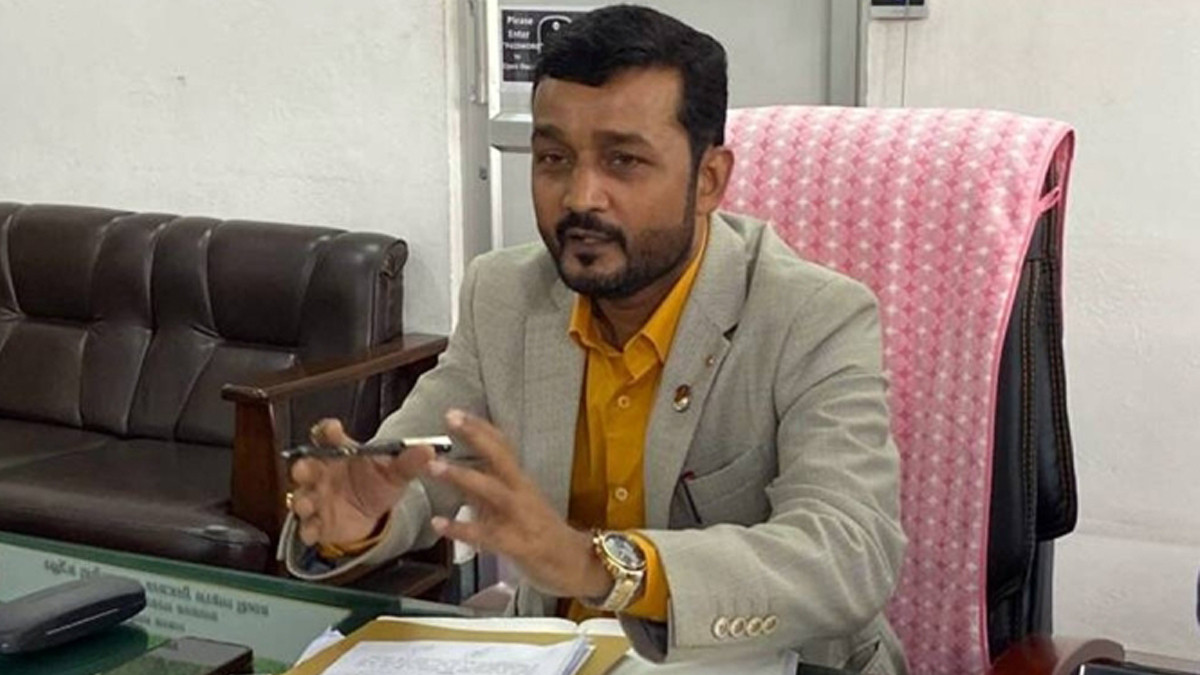 Huge waves in Kochi prefecture, western JapanReuters
Huge waves in Kochi prefecture, western JapanReuters
By Elsa Maishman, Sept. 19: Nine million people have been told to evacuate their homes as Japan is battered by one of the worst typhoons the country has ever seen.
The super typhoon Nanmadol has caused one death and almost 70 injuries.
It hit Japan's most southerly island, Kyushu, on Sunday morning, and is forecast to pass over the main island of Honshu in the next few days.
Tens of thousands of people spent Sunday night in emergency shelters, and almost 350,000 homes are without power.
Transports and business have been disrupted, and the country is braced for extensive flooding and landslides.
Nanmadol has brought gusts of up to 234km/h (145mph), and some areas were forecast 400mm (16 inches) of rain in 24 hours.
Bullet train services, ferries, and hundreds of flights have been canceled. Many shops and other businesses have closed, and sandbags have been put in place to protect some properties.
The typhoon made landfall near the city of Kagoshima, on the southern tip of Japan's most southerly island, Kyushu, on Sunday morning.
A river in Kyushu has burst its banks.
State broadcaster NHK said one man was killed when his car was caught in a flooded river, and firefighters were investigating whether a person had been inside a hut buried in a landslide.
Local video footage shows roofs ripped off buildings and billboards toppled over.
The storm is forecast to turn east and pass over Japan's main island of Honshu before moving out to sea by Wednesday. The capital, Tokyo, has experienced heavy rain, with the Tozai underground line suspended because of flooding.
A level-five alert, the highest on Japan's disaster warning scale, has been issued for more than 500,000 people in the Kagoshima, Miyazaki, Oita, Kumamoto, and Yamaguchi areas.
A total of around nine million people have been ordered to evacuate parts of the Kyushu, Shikoku, and Chugoku regions after a level four alert.
Nanmadol has been categorized as a super typhoon by the US Joint Typhoon Warning Centre (JTWC), a term applied to storms with sustained wind speeds of 240km/h (150mph) or more. It is the equivalent of a category four or five hurricanes.
Prime Minister Fumio Kishida has delayed a visit to New York, where he is due to give a speech at the UN General Assembly, until Tuesday, to monitor the impact of the storm.
Scientists have predicted a very active hurricane season this year, influenced by a natural phenomenon known as La Niña.
Warmer sea surface temperatures in the Atlantic and Caribbean as a result of climate change may also have an impact.
The Intergovernmental Panel on Climate Change (IPCC) has said intense tropical cyclones will likely increase on a global scale.









